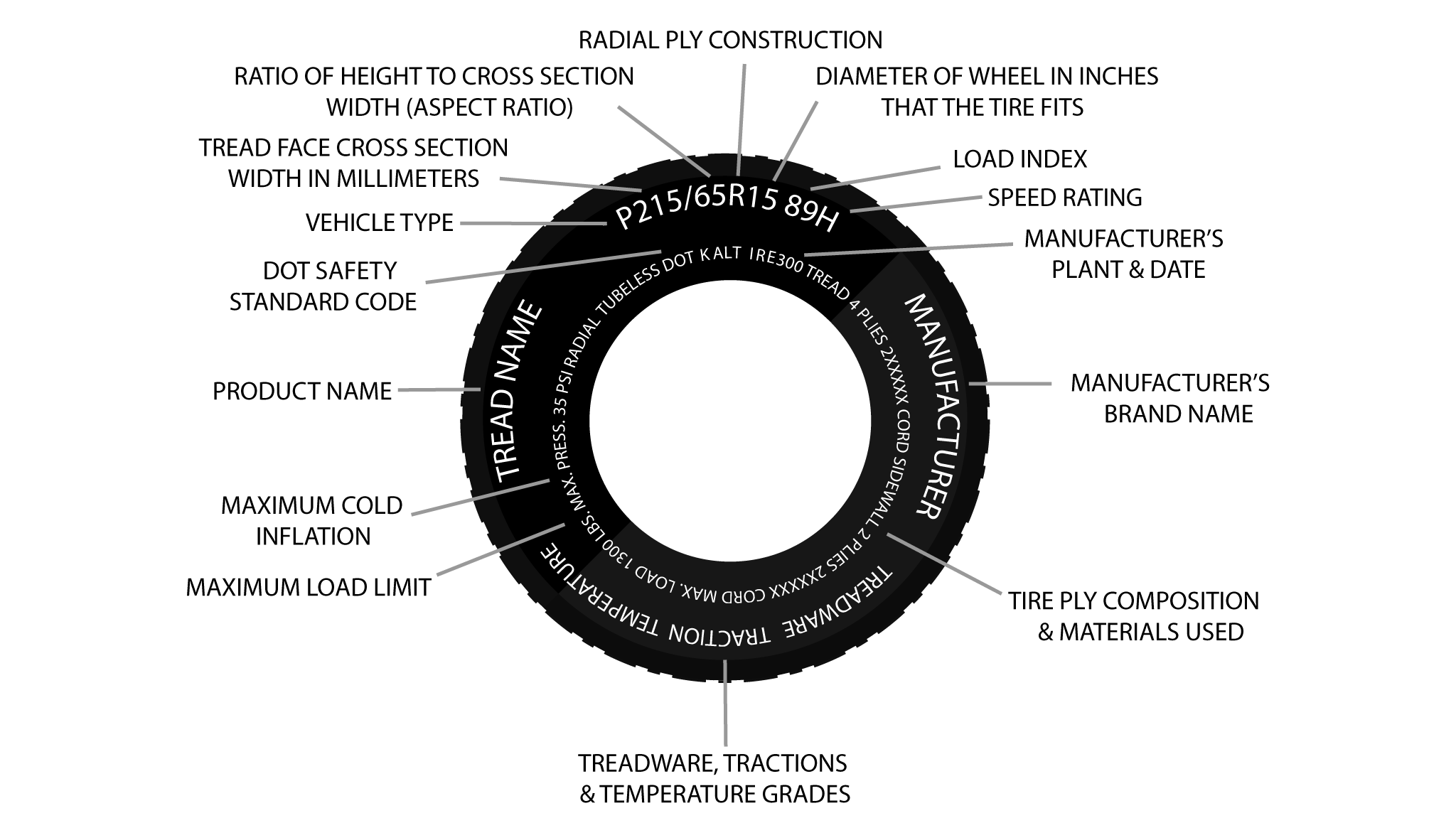The Complete Tire Maintenance Guide Tires are an important part of your vehicle and it is even more important to understand how to maintain them to keep your precious cargo safe. You just buy new tires, wait until they wear out, and buy new ones right? WRONG. Tire maintenance requires weekly checks to make sure everything is in safe working order. Okay, I must take good care of my tires, but how do I go about doing so? There are a few things to keep in mind when examining your tires. These include Signs of Tire Wear, Tire Tread Inspection, Tire Inflation, and Overall Tire MaintenanceTire problems that arise will usually be obvious and easy to recognize. You may notice problems during normal inspections but the tell tale signs will come when you are driving. Base your ride off of how it feels when you get new tires installed. That will be the best ride possible and keep a lookout for anything that may be different than the few rides with the new tires. If a problem arises you may notice vibrations from just one tire or multiple. You may notice the wheel may pull to the left or the right. You should test the air pressure, and if the problem persists take it to get service. Maintaining your tires is not only about prolonging their life but making sure you and your passengers remain safeSigns of Tire Wear Under Inflation - Majority of tire contact would be on the outside of the tires causing wear on both the inner and outer portion of the tread Over Inflation - Majority of tire contact would be on the inside of the tires causing wear on the center of the tire tread Wear on Inside or Outside - You may notice abnormal wear on either the outside or inside of the tire indicating the tire is out of alignment Abnormal Tire Wear - The tire tread may be higher and lower in certain places hinting that the tire may be out of balance and that certain suspension components need to be replaced
Tire Inflation Modern day vehicles usually have a tire pressure sensors that are built right into the wheel where you can constantly keep track on your gauge cluster. Even if you do have these it is a good idea to check them manually with a hand held tire pressure gauge. You can simply do this by removing each valve stem cap, firmly seating the pressure gauge on the valve stem, and reading the numbers. If necessary fill with air to factory recommended numbers
Tire Tread Inspection Tire tread is important for various safety reasons. The tire tread allows water and other debris to exit the tire to keep a solid grip on the road. You may have heard of the penny test and it does speak the truth. If you hold the penny upside down, inside of the tire tread, take note of where Lincoln's head lies. If Lincoln's head is covered by the tread then your tires are fine. If you can see the top of Lincoln's head it is probably time to start looking for new tires as there is only around 2/32" of tread left. Make sure to do this test on the inside, middle, and outer edges of the tire as they may wear differently.
3 Important Things to Remember The best way to keep your tires in check and wearing properly is to rotate them on a regular basis, keep them balanced, and have a properly wheel aligned performed Tire Balance - Having your tires balanced properly is one of the best ways to ensure your tires wear evenly. You will easily know if a tire is out of balance because you will feel it vibrating as you go down the road causing a bumpy drive. Balancing a tire is done so on a high speed machine that spins the tire to make sure it is balanced properly at high speeds. Small weights are added to the inside of the tire until the tire spins safely and efficiently. It is usually a good idea to have your tires balanced annually for not only tread life but to ensure a smooth ride Tire Rotation - Every 5,000-7,000 miles or so you should rotate your tires for even tread wear. The front and rear tires mange different load weights as well as steering in different manners so the front will wear differently than the rear. You want to rotate tires from front to back on the same side not only for tires that are directional. Tires that are non-directional you can move the rear to the front and move the fronts to the back switching sides Wheel Alignment - A wheel alignment will make sure the wheels are pointed straight and the vehicle is tracking correctly. If you’re vehicle is in need of an alignment, you may notice the vehicle may not drive straight, favors one side while driving down the road. A wheel alignment needs to be performed at the dealer with a highly calibrated machine. It is recommended that you get an alignment at the same time you get new tires. Purchasing new tires is an investment for your vehicle, so as a rule of thumb get a wheel alignment to make sure everything longevity
Tire Sidewall Information Have you ever looked at the sidewall of your tire and noticed there are a bunch of letters/numbers? They actually contain a lot of valuable and useful information. If you know how to recognize the letters/numbers and what they signify you may surprised how much you can learn about the tire. For example, you will be able to tell where the tire was made and what date it produced on. You can also discover speed ratings, load ratings, and inflation recommendations. Take a look at the image below for everything you can discover about your tire.

